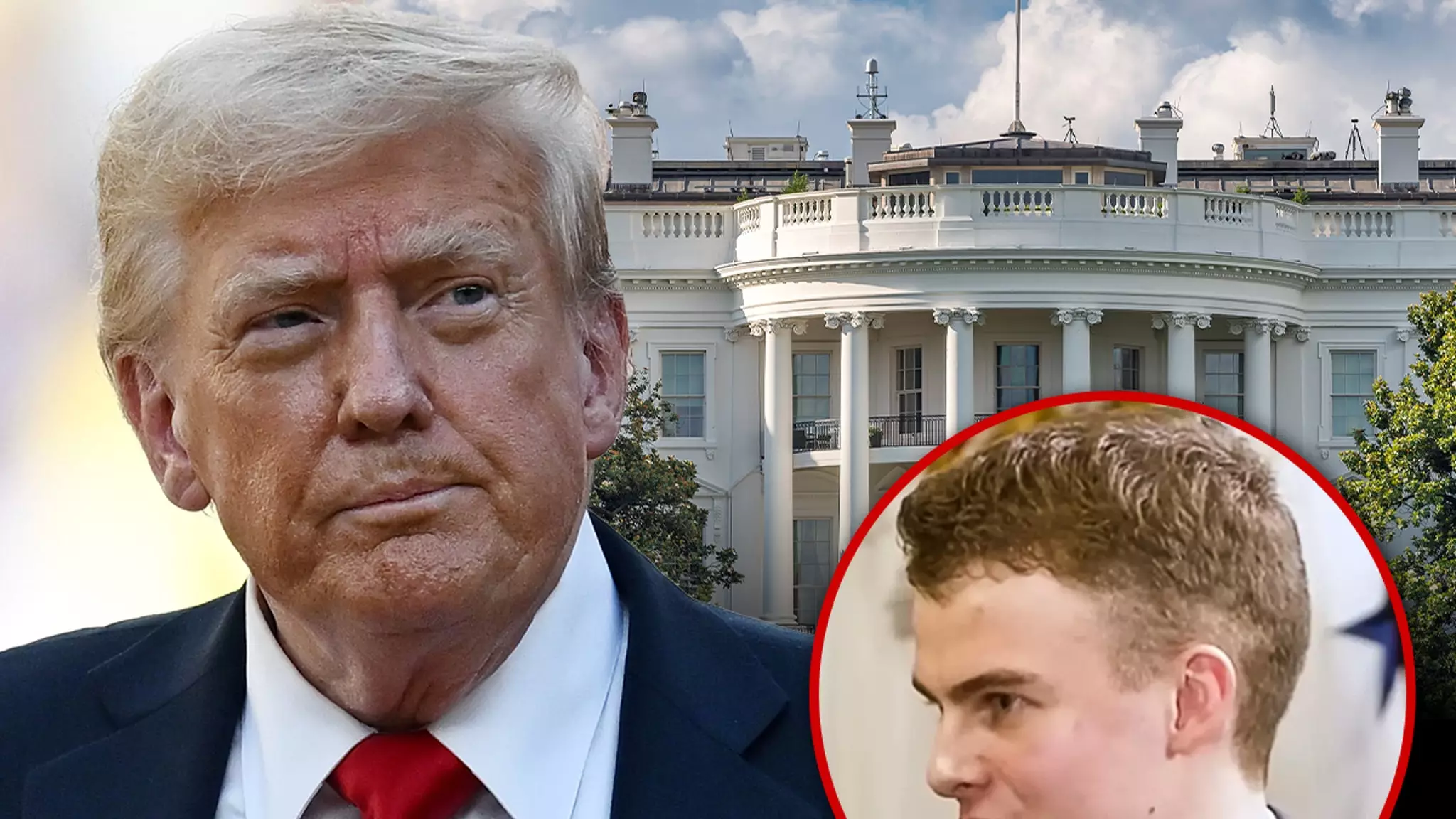Recent incidents depicting juvenile violence have ignited a fiery debate about how society disciplines its youth and protects its innocent. The assault on Edward “Big Balls” Coristine in Washington, D.C., shines a stark spotlight on a broader crisis: the perceived leniency toward young offenders and the mounting public frustration demanding change. For too long, society has operated under the assumption that juveniles should be treated differently, often allowing them to evade adult consequences. Such a mindset, however, appears increasingly incompatible with the harsh realities we face today. The message from law enforcement officials and political leaders alike is clear—no age should be a shield from accountability when innocent lives are at stake.
The Dilemma of Juvenile Justice and Society’s Response
The incident involving Coristine highlights a disturbing trend: young individuals engaging in violent acts with little immediate repercussions. The arrest of two juveniles for carjacking and assault underscores the failure of current juvenile justice systems, which often prioritize rehabilitation over punishment. While understanding the importance of giving youth second chances, there’s a fine line between compassion and reckless leniency. When violent behaviors are ignored or minimized, it fosters a dangerous environment where teenagers believe they can act with impunity. Stronger, clearer boundaries are necessary—starting from age 14, as suggested by figures like former President Trump—to deter future violence and uphold public safety.
Political and Public Outcry as Catalysts for Change
The political landscape is responding aggressively to the rising tide of violent crime committed by minors. Trump’s call for the federalization of Washington, D.C., echoes a growing sentiment that local authorities are unable or unwilling to enforce laws effectively. This stance, while controversial, reveals a frustration rooted in the perception that current policies allow dangerous criminals to evade justice, jeopardizing community safety. Such fervor signals a pivotal moment: the need to reevaluate not only laws but also societal attitudes toward juvenile crime. When authorities and citizens unite in demanding accountability, it paves the way for reforms that balance justice with compassion.
A Critical Reflection on Society’s Role
Beyond legal reforms and political rhetoric, society bears responsibility for fostering environments where youth are less likely to turn to violence. Socioeconomic disparities, lack of positive role models, and mental health issues often underpin juvenile delinquency. Addressing these root causes requires comprehensive strategies that go beyond punitive measures—investments in community programs, education, and mental health services are paramount. Meanwhile, the conversation around age thresholds for criminal responsibility must be reframed. It is time we realize that protecting society entails holding individuals accountable—not for their age, but for the severity of their actions. Failing to do so risks eroding the very fabric of justice and safety that underpin a stable society.

Leave a Reply